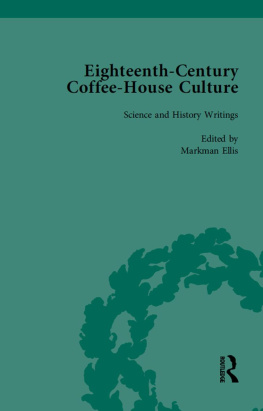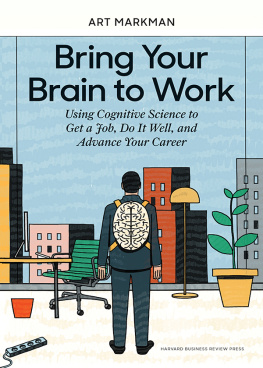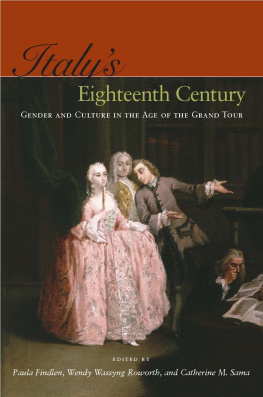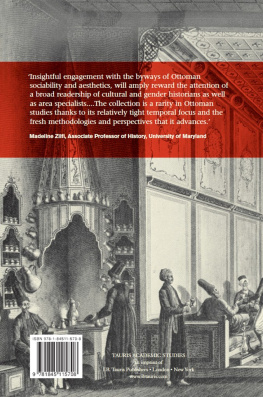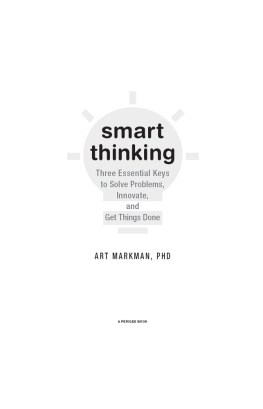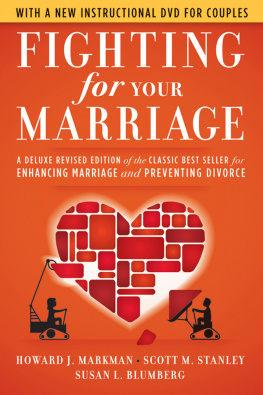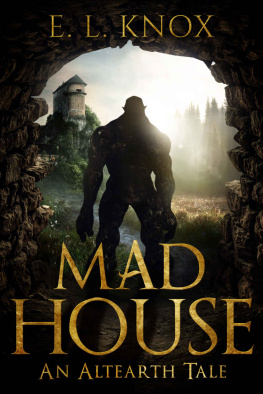First published 2006 by Pickering & Chatto (Publishers) Limited
Published 2016 by Routledge
2 Park Square, Milton Park, Abingdon, Oxon OX14 4RN
711 Third Avenue, New York, NY 10017, USA
Routledge is an imprint of the Taylor & Francis Group, an informa business
Copyright Taylor & Francis 2006
Copyright editorial material Markman Ellis 2006
All rights reserved, including those of translation into foreign languages. No part of this book may be reprinted or reproduced or utilised in any form or by any electronic, mechanical, or other means, now known or hereafter invented, including photocopying and recording, or in any information storage or retrieval system, without permission in writing from the publishers.
Notice:
Product or corporate names may be trademarks or registered trademarks, and are used only for identification and explanation without intent to infringe.
BRITISH LIBRARY CATALOGUING IN PUBLICATION DATA
Eighteenth-century coffee-house culture
1. Coffeehouses England History 18th century Sources 2. Coffeehouses England History 17th century Sources 3. English literature 18th century 4. English literature Early modern, 1500-1700 5. Satire, English 6. England Social life and customs 18th century Sources 7. England Social life and customs 17th century Sources 8. England Intellectual life 18th century Sources 9. England Intellectual life 17th century Sources
I. Ellis, Markman
820.9355909033
ISBN-13: 978-1-85196-829-9 (set)
Typeset by P&C
The science of coffee
The first recorded encounter between European science and coffee occurred in 1573 when Leonhard Rauwolf, a natural philosopher from Augsburg, went into a coffee-house in Aleppo and observed the Turks drinking something they called Chaube, a drink as black as Ink.1 As this discovery suggests, Ottoman medical science was already well acquainted the bean, although it was to European botany a non-descript. Without a European name for this plant, Rauwolf transliterated the Arabic terms: the drink he designated chaube, or coffee, and the berry, bunru, an approximation of the Arabic word bun. Rauwolf wrote:
they take a fruit called Bunru, which in its Bigness, Shape, and Colour, is almost like unto a Bay-berry, with two thin shells surrounded, which as they informed me are brought from the Indies; but as these in themselves are, and have within them two yellowish Grains in two distinct Cells. This Liquor is very common among them, wherefore there are a great many of them that sell it, and others that sell the Berries, everywhere in their Batzars.
Although their common drink was water, Rauwolf noted that coffee was consumed in a notably sociable manner, in an open Shop, where you sit down upon the Ground or Carpets and drink together without any fear or regard. below).
The natural scientists were drawn to coffee because they recognised that it had physiological effects. Medical theory made much of the traditional herbally-oriented pharmacopoeia outlined in Galen, Hippocrates and Aristotle, although the ancients were increasingly contested by modern practitioners such as Paracelsus, and latterly, Van Helmont. In the Galenic system, well-being was described as a state of balance between four influences or humours, named as blood, bile, phlegm and melancholy (or black bile). If the humours became unbalanced (as for example in illness), a healthful balance could be restored through diet, life-style or a regimen of physic and purges. Therapeutic products like coffee were comprehended according to these four humours, and their four qualities (the hot, the cold, the wet and the dry). Despite the fact that coffee is consumed hot and wet, it was described in the humoural system as being cold and dry (that is, it would have a tendency to aggravate melancholy). Numerous writings on coffee assess it within this humoural system, such as Rumseys Organon Salutis ( below), narrate the earliest successful attempts to cultivate live coffee-trees in European botanical gardens, and the transportation of the cultivation of coffee to the colonies of South East Asia and the Caribbean.
Coffees psychoactive properties were recognised early: Walter Rumsey described it as a wakefull and civil drink in 1657 ( below).
In the early nineteenth century, botanical chemists had isolated morphine, the active principle of opium (1816). The active substance of coffee was identified in 1819 in Jena (Germany) by the chemist Ferdinand Runge, who isolated a vegetable alkaloid from coffee beans with all the properties of the drink itself, precipitating a highly complex organic base in the form of a bitter-tasting white crystalline powder, that he called Kaffeebase.8 The compound was named caffeine by two French chemists, Pierre Jean Robiquet and Joseph Pelletier, who independently isolated it in 1821 (the -ine suffix indicating it was a vegetable alkaloid with powerful psycho-active properties akin to morphine and cocaine). In 1861 Adolf Strecker proposed the molecular structure of this trimethylxanthine could be represented by the formula C8H10N4O2. The consensus in recent scientific research is that caffeine causes the competitive blockage of adenosine receptors: that is to say, it blocks the brains mechanism for feeling tired.9 As such, coffee does not arouse or wake up the mind so much as arrest the onset of further sensations of tiredness.
Science in coffee-houses
The emergence of the coffee-house transformed the social organisation of the city, bringing with it a new principle of convivial sociability based on conversation and discussion. From the first, coffee-houses attracted particular coteries of men, who enjoyed the opportunity presented by the free and unregulated nature of debate in coffee-houses. But though it was unregulated, debate in many coffeehouses was not completely unstructured, because many became associated with specialised discourse on tightly defined subject matter. In this way the conversation at a particular coffee-house might be expected to focus on a defined field: church politics at Childs near St Pauls Cathedral, bookselling at the Chapter in Paternoster Row, stocks and shares at Jonathans in Exchange Alley. For men of a singular interest, such as scholars of the sciences and arts, the coffee-houses were sources of specialised knowledge, and significant locations for debate and the exchange of ideas. Attending the coffee-house, in short, was an important tool of experimental research, akin to a peer-review system, a research centre, and a symposium.
The preference for coffee-houses amongst natural philosophers can be traced back to the English Republic. In Oxford in the 1650s, the circle of scholars, physicians and clerics around Robert Boyle, including Christopher Wren and John Wilkins, met in the coffee-room of the Oxford apothecary Arthur Tillyard, where they formed a Chemical Club to discuss matters of current scientific enquiry. After the Restoration, these men formed the core of the Society for the Improvement of Natural Knowledge by Experiment. The new society, later the Royal Society, met weekly to debate, experiment and record investigations into all kinds of natural knowledge at Gresham College, and it soon became their custom to continue their socialising in the coffee-houses around the Royal Exchange. Within a few years, the coffee-house meetings were more frequent and better attended than the offical meetings. Several reasons for this have been proposed. The first is institutional: in the coffee-houses the scientific virtuosi were able to meet and transact business with artisans and craftsmen of the London scientific instruments trade, as well as physicians, surgeons and medical men. The openness of the coffee-room, Rob Iliffe has argued, was methodologically advantageous. The second reason is philosophical: in the coffee-houses the Royal Societys experimental method could be debated by the wider public. Thomas Hobbes complained that meetings of the Royal Society were only open to members: that is, men who believed in the methodology of the New Science. In coffee-house discussions, the men of science could meet and debate with their opponents: hypotheses proved true in the coffee-house could be proved anywhere.


